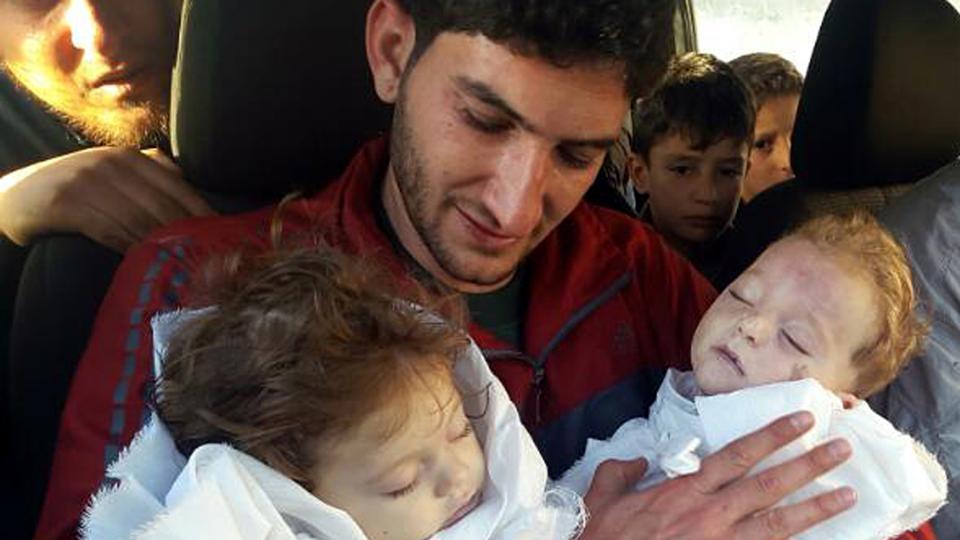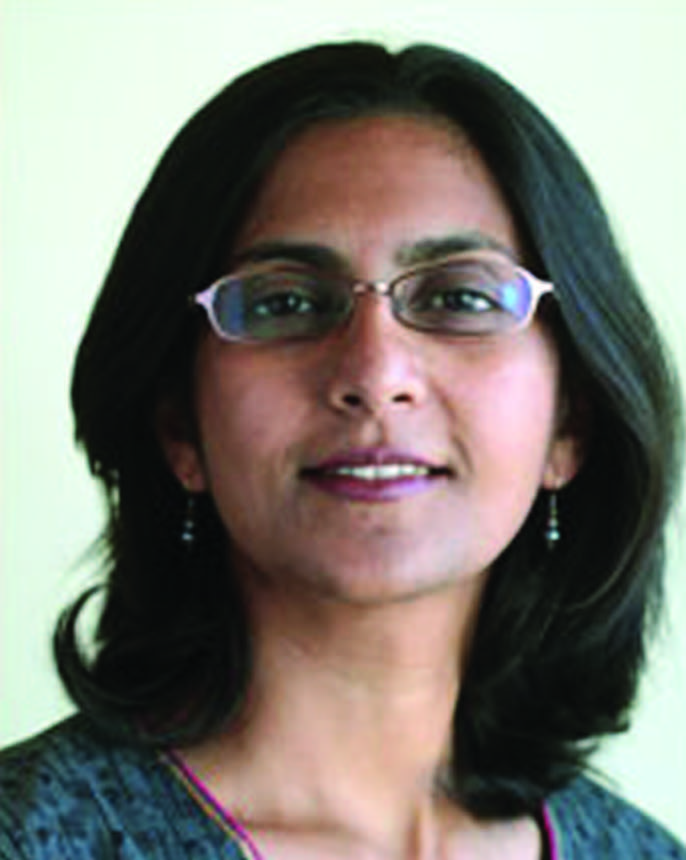
BEIRUT (TIP): The grief-stricken father cradled his 9-month-old twins, Aya and Ahmed, each in the crook of an arm. Stroking their hair, he choked back tears, mumbling, “Say goodbye, baby, say goodbye” to their lifeless bodies.
Then Abdel Hameed Alyousef took them to a mass grave where 22 members of his family were being buried. Each branch of the clan got its own trench.
More than 80 people, including at least 30 children and 20 women, were killed in the chemical attack on the Syrian town of Khan Sheikhoun early Tuesday, and the toll could still rise. The Alyousef family, one of the town’s main clans, was hardest hit.
Another member of the family, Aya Fadl, recalled running from her house with her 20-month-old son in her arms, thinking she could find safety from the toxic gas in the street. Instead, the 25-year-old English teacher was confronted face to face with the horror of it: A pick-up truck piled with the bodies of the dead, including many of her own relatives and students.
“Ammar, Aya, Mohammed, Ahmad, I love you my birds. Really they were like birds. Aunt Sana, Uncle Yasser, Abdul-Kareem, please hear me,” Fadl said, choking back tears as she recalled how she said farewell to her relatives in the pile.
“I saw them. They were dead. All are dead now.”
The tragedy has devastated the small town. It also deepened the frustration felt by many Syrians in opposition-held areas that such scenes of mass death, which have become routine in the country’s 6-year-old civil war, bring no retribution or even determination of responsibility.
The US and other Western countries accused President Bashar Assad of being behind the attack, while Syria and its main backer, Russia, denied it. Despite world condemnation, bringing justice is difficult in the absence of independent investigation of Syria’s chemical arsenal, which the government insists it has destroyed. (AP)





Be the first to comment